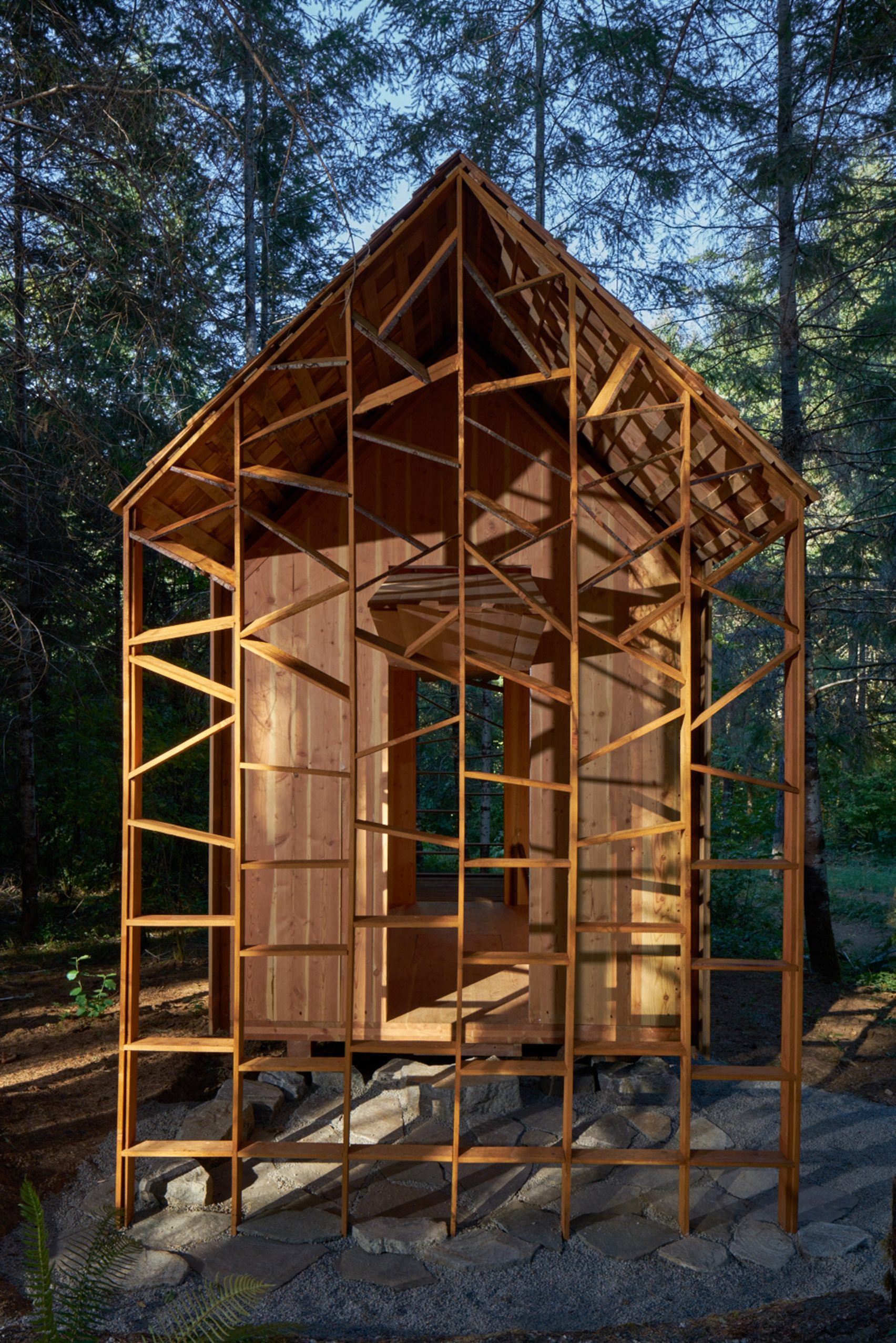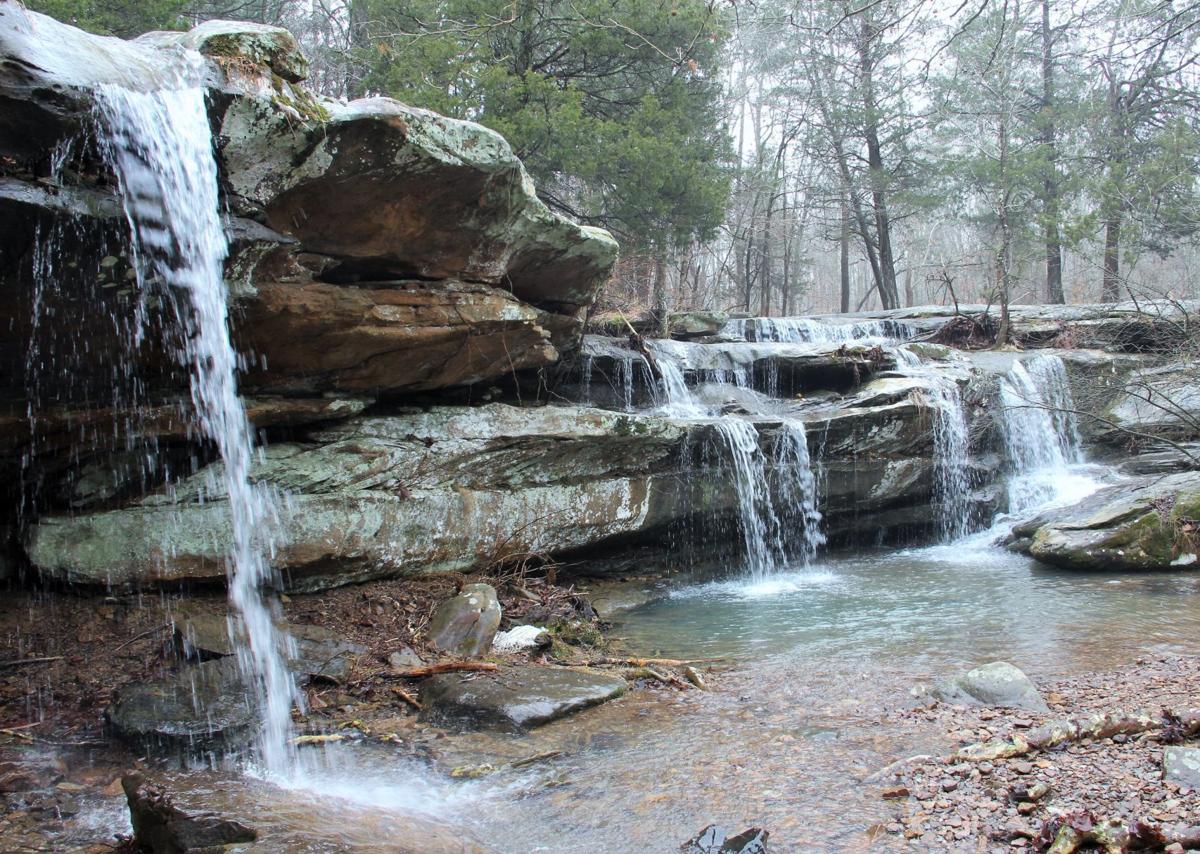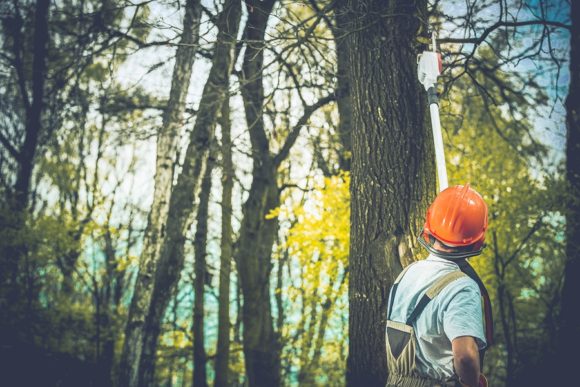 Although high lumber demand and prices have “turned down the volume on the softwood dispute“, it exposes the US industry claim of injury as “preposterous”, according to Susan Yurkovich of the BC Lumber Trade Council. In related news: The high cost of low-grade lumber is creating havoc for pallet manufacturers; and a western publisher speaks to the “weak argument for newsprint tariffs“.
Although high lumber demand and prices have “turned down the volume on the softwood dispute“, it exposes the US industry claim of injury as “preposterous”, according to Susan Yurkovich of the BC Lumber Trade Council. In related news: The high cost of low-grade lumber is creating havoc for pallet manufacturers; and a western publisher speaks to the “weak argument for newsprint tariffs“.
In Health & Safety news: how Canada’s national public alert system will work for wildfire and biological threats; how noisy forestry jobs impact hearing loss in the US; and how forest safety certification is working in New Zealand.
Finally: Arbor Day celebrations (America’s oldest environmental holiday) are announced; Project Learning Tree is creating green jobs in Canada; and a new App for invasive species is tested in Illinois.
If you were off searching for eggs yesterday, you may also want to check out yesterday’s full-house of news.
–Kelly McCloskey, Tree Frog Editor



















